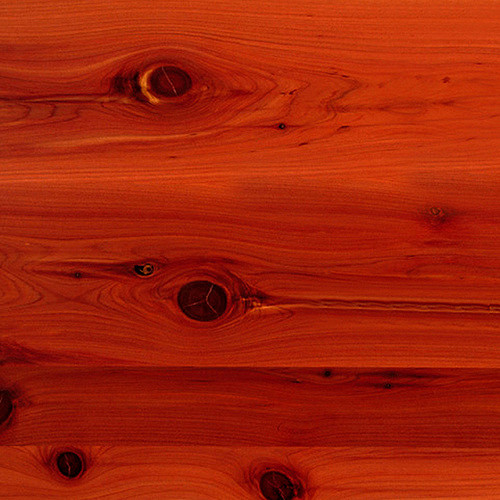
There’s a reason people flock to spas, saunas in particular. There’s just something about the heat and the steam that helps to melt stress away. More than that, saunas have been proven to be a very healthy way to destress, the heat helps to make your body sweat, which serves to purge the toxins that build up throughout your daily life.
The heat also helps with sore and aching muscles and is just a nice way to relax all around. The problem is, getting to the sauna isn’t always possible, especially after a long, hard day at work when you need it the most. Fortunately, you don’t have to out to the spa, or pay spa prices. You can build your own private sauna in your home.
However, it’s important to remember, a sauna is working with a lot of heat and steam. If done incorrectly, you can cause some issues throughout your house, so here are some tips to keep in mind when you’re building a sauna in your new home, or adding one to a pre-existing one.
Taller is Better
When you’re building a sauna in a new home, you have a little more wiggle room with the dimensions. One of the most important dimensions to keep in mind is the ceiling height. If at all possible you want to give your sauna a little extra height, optimally about 7 feet tall. There’s two main reasons for this. The first is that it provides better heating.
Because the heat rises, having a little extra room allows the heat to build up more evenly giving you a good consistent heat. Secondly, having the extra heat allows the steam to dissipate better. While the steam is helpful for your body for health reasons, it can be a little too intense if it doesn’t have anywhere to go. Having a higher ceiling allows the steam to rise and cool a little before it settles back down, making the sauna both consistent and comfortable.
Wood is Good: Cedar is Better
Many saunas are lined with wood, and for a number of reasons. Wood does a better job of absorbing the heat than other materials, such as tile. This is especially important for your benches as tile could end up burning your skin. Another reason you want to use wood is that it will absorb the water and steam without being slick the way tile or vinyl gets. This helps to keep your sauna safe from slips and falls that you might otherwise get with a different material.
Now, when it comes to choosing what type of wood to use, Cedar is usually the optimal choice for a sauna. There are two reasons for this, firstly, cedar wood does remarkably well with humidity, and isn’t prone to warping, bending or cracking, which can be a serious issue in your sauna if you decide to use a different type of wood.
The second reason you want to used cedar paneling is that is has a naturally occurring extractive that makes it particularly resistant to rot. This this why cedar is a viable material for roofing shingles as it can withstand the elements.
As otherwise, the most important tip is to take care of your sauna. Building it is fairly straightforward, but it does require a consider amount of maintenance and upkeep to keep it looking and working good. While it might seem like a lot at first, there’s something to be said for being able to give yourself a spa day in the comfort of your own home.
Citations:
- Resource
+Ken Uhrich likes houses. In fact he lives in one. You can drop him a line at the Custom Home Group granite and quartz countertops website.














